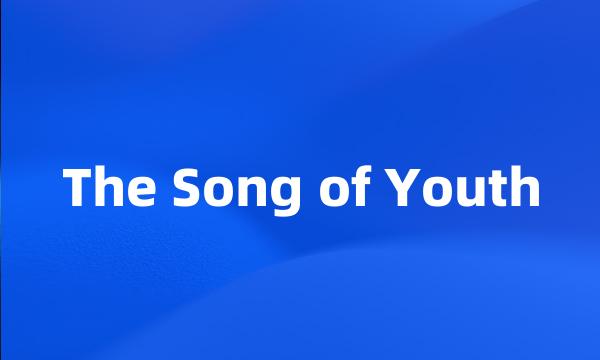The Song of Youth
- 网络青春之歌
 The Song of Youth
The Song of Youth-
Study on Narrative Techniques about Growth and Youth Imagination of " the Song of Youth "
论《青春之歌》的成长叙事策略与红色青春想像
-
The Song of Youth by Yang Mo is a " red " classic in the 1950s and Private Life by Chen Ran is a specimen of individualized writing in the 1990s .
杨沫的《青春之歌》是20世纪中国50年代的一部红色经典,陈染的《私人生活》是90年代的一部个人化写作的范本。
-
The following movies The Song of Youth , The Storm and Lin Zexu Which showed that Chinese movies had reached a new level .
《青春之歌》、《风暴》、《林则徐》等电影的出版发行标志着中国电影制作发展到了一个新的水平。
-
Re-understanding the Revolutionary Narration in " The Song of Youth "
再解读:《青春之歌》的革命叙事
-
Marvelous Combination of Personal Memory and Grand Narrative : On the Successful Factors of the Narrative Treatment of The Song of Youth in the Specific Times
个人记忆与宏大叙事的巧妙缝合&论《青春之歌》叙事处理之特定时代的成功因素
-
The second part : using " the success " of the song of youth as a case , analyze the reasons which cause the character defects of intellectuals ;
第二部分:以《青春之歌》的成功为个案,剖析其背后隐藏着的形成知识分子人格缺陷的多种原因;
-
In the political linguistic context during the 1950s and 1960s of China , The Song of Youth identifies with the dominant ideology on the one hand , establishing in the text a hierarchical order which gives priority to revolution and class struggles .
在中国20世纪50-60年代的政治语境中,《青春之歌》一方面认同了主流意识形态,在文本中建立了以革命与阶级斗争为主导话语的等级秩序;
